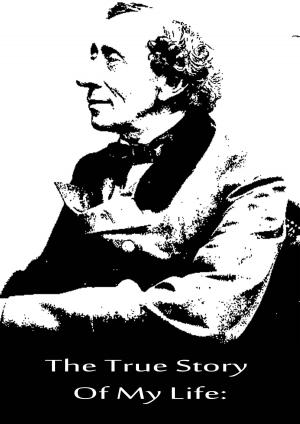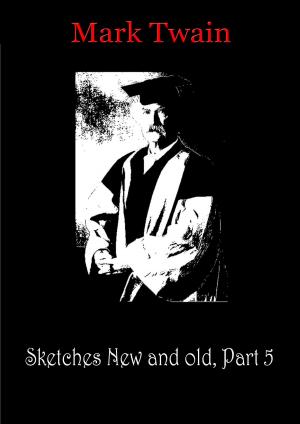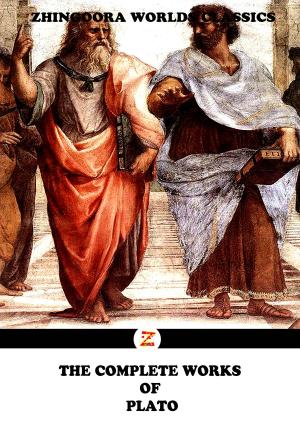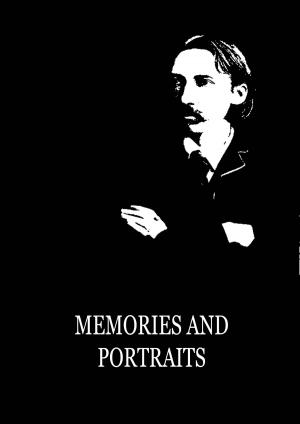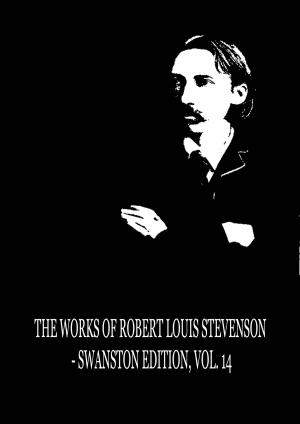| Author: | Unknown | ISBN: | 1230000036217 |
| Publisher: | Zhingoora Books | Publication: | December 3, 2012 |
| Imprint: | Language: | English |
| Author: | Unknown |
| ISBN: | 1230000036217 |
| Publisher: | Zhingoora Books |
| Publication: | December 3, 2012 |
| Imprint: | |
| Language: | English |
Christmas Summary Classics
This series contains summary of Classic books such as Emma, Arne, Arabian Nights, Pride and prejudice, Tower of London, Wealth of Nations etc. Each book is specially crafted after reading complete book in less than 30 pages. One who wants to get joy of book reading especially in very less time can go for it.
BOOKS OF BRAHMANISM
Introductory
The religion of the ancient Persians and of the ancient Aryan Indians was at one time the same, and it is easy now to see the common basis of the beliefs and practices embodied in the Hindu Vedas and the Zend Avesta (see ZOROASTRIANISM), and their general resemblance. The religion of the ancient Aryan Indians has passed through three outstanding phases, designated by modern scholars: Vedism, or that taught by the Vedas; Brahmanism, based on the Brahmans, or ritual additions to the Vedas; and Hinduism (q.v.), the form which revived Brahmanism took after the expulsion of Buddhism. Though the latter is strictly an Indian religion, judged by its origin and characteristic features, it has for centuries almost ceased to exist in India proper. It will be found generally true that in Brahmanism there is, as compared with Vedism, an increase of the ritual, and a corresponding decrease of the moral element. The gods become more material, and the means of conciliating them ceremonial and magical. So also there is a growth in the power of the priesthood. One may compare this with the course of development among the Hebrews--the ritual and ceremonial bulking more and more, and the ethical receding, according to most modern scholars. It has to be remembered carefully, however, that the distinction between Vedism, Brahmanism, and Hinduism is more logical than actual. The seeds of Hinduism, even the doctrine of caste, may be traced in the Rig Veda, and a modern orthodox. Hindu will tell you that his principal scriptures are the Vedas, and that his creed and practice have their source in these scriptures. Brahmanism may be represented as a system of law and custom in the Laws of Manu; as a philosophy in the Upanishads; and as a mythology in the Ramayana and Mahabharata.
Christmas Summary Classics
This series contains summary of Classic books such as Emma, Arne, Arabian Nights, Pride and prejudice, Tower of London, Wealth of Nations etc. Each book is specially crafted after reading complete book in less than 30 pages. One who wants to get joy of book reading especially in very less time can go for it.
BOOKS OF BRAHMANISM
Introductory
The religion of the ancient Persians and of the ancient Aryan Indians was at one time the same, and it is easy now to see the common basis of the beliefs and practices embodied in the Hindu Vedas and the Zend Avesta (see ZOROASTRIANISM), and their general resemblance. The religion of the ancient Aryan Indians has passed through three outstanding phases, designated by modern scholars: Vedism, or that taught by the Vedas; Brahmanism, based on the Brahmans, or ritual additions to the Vedas; and Hinduism (q.v.), the form which revived Brahmanism took after the expulsion of Buddhism. Though the latter is strictly an Indian religion, judged by its origin and characteristic features, it has for centuries almost ceased to exist in India proper. It will be found generally true that in Brahmanism there is, as compared with Vedism, an increase of the ritual, and a corresponding decrease of the moral element. The gods become more material, and the means of conciliating them ceremonial and magical. So also there is a growth in the power of the priesthood. One may compare this with the course of development among the Hebrews--the ritual and ceremonial bulking more and more, and the ethical receding, according to most modern scholars. It has to be remembered carefully, however, that the distinction between Vedism, Brahmanism, and Hinduism is more logical than actual. The seeds of Hinduism, even the doctrine of caste, may be traced in the Rig Veda, and a modern orthodox. Hindu will tell you that his principal scriptures are the Vedas, and that his creed and practice have their source in these scriptures. Brahmanism may be represented as a system of law and custom in the Laws of Manu; as a philosophy in the Upanishads; and as a mythology in the Ramayana and Mahabharata.
![Cover of the book Books of Brahmanism [Christmas Summary Classics] by Unknown, Zhingoora Books](https://www.kuoky.com/images/2012/december/500x500/1230000036217-71vA_500x.jpg)

